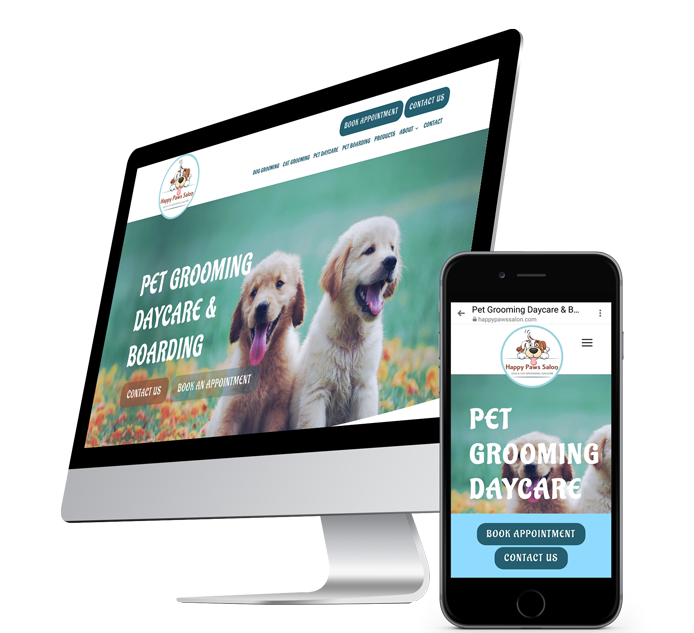Pages
Creating new pages
Your website pages are is a major part of your site as they make up the navigation. Each template has preset pages and folders that you can modify as needed.
- Pages allows you to reorder, manage and create new pages in your site. Organize your site's widgets by using multiple pages to improve your visitors' experience and increases the chance that they will find the information they need.
- Popups allows you to add new popups to your site. Popups are a type of small window that appears in a web page. Popups can be set up to appear when clicked as a link or automatically as an action from a personalization rule. Use popups to grab user's attention or provide information without having to change pages.
To access pages and popups, in the left panel, click Pages.
Adding Pages
- In the left panel, click Pages.
- Click + New Page
- Select a page type. Page templates are pre-populated with relevant widgets. The Page URL page type links the page to another URL instead of creating a new page. Selecting a dynamic page template automatically adds a connected Internal Collection. For more information, see Dynamic Pages.
- Type a title for your new page, and a URL, if necessary.
- Click + Add Page and start creating your new page.
Reorganizing Pages
To reorganize the order pages display on your site:
- In the left panel, click Pages.
- Click and drag a page to move it where you want it to appear in order.
- Drag a page slightly to the right to nests the page as a sub-page of the page above. For more information about folders, see Add a Navigation Folder.
Note
Navigation can have up to 3 levels. For more information about navigation, see Duda University.
Use Folders to Organize Pages
Group sub-navigation items with the folders feature. With the help of this feature, you do not need to create an extra page to organize related pages or anchors. You can add a non-clickable folder item to the navigation and group all related pages or anchors as its sub-items.
Folders appear under the Pages tab to help you organize your navigation items, however, folders themselves are not actual pages. They are elements intended for grouping other items together. This is why page-specific elements (such as URL and SEO optimization) or editing options (such as duplicate or set password) are missing from the folder settings.
Learn more about how to create folders here.
Page Settings
Access page settings by clicking the settings () icon next to each page. You have the following options:
- Rename: Rename the page in the editor.
Note
This does not change the page URL.
- Hide in navigation: make the page hidden on the navigation menu. It will still be visitable by the direct URL.
- Duplicate: creates an exact copy of the page.
- Lock for Client editing: lock pages so clients can only view, not edit or delete.
- Publish page: Publish changes on a single page. For more information, see Publish a Single Page.
- Page URL: Customize the URL for the page (use keywords).
- SEO: Access all the SEO settings for this page.
- Set Access: Set a password for the page or configure the page for members only. For more information, see Password Protected Pages or Add Membership Pages.
- Convert to Dynamic Page: Click to convert the page to a dynamic page. Select a collection, and click Done. For more information, see Create Dynamic Pages.
- Delete Page.
SEO for Pages
Search engine optimization (SEO) is the process of improving the visibility of a site or a web page in a search engine's un-paid search results. Sometimes this is called "natural" or "organic" traffic. From the Site's SEO menu, you can edit the page Title, Description, and Keywords. You can also edit the header HTML for that page only. For more information, see Site SEO Settings.
We recommend adding SEO information (title and descriptions) on the page level, so each page can have a unique title and description. This is more beneficial than having one title and description shared across the entire site.
Prevent Search Engines from Indexing a Page
For maximum SEO benefits, all pages of your site are discoverable by search engines. However, if you would like to instruct search engines to drop or not include this page in their index after they crawl the page, you can do that in the page settings.
Note
Pages protected with membership access are not accessible to site crawlers. However, if a user logs into a membership protected page and copies the CDN link to a file or image, they will be able to share it.
- In the left panel, click Pages.
- Click the settings () icon for the specific page.
- Click SEO.
- Click the No Index toggle. This instructs search engines to drop or not include this page in their index after they crawl the page.
This action will only affect a single page. You will need to mark this setting for each page you do not want to be indexed.
Note
- If this page was previously indexed, this change will take several weeks for search engines to update and remove the page.
- This setting adds the
<meta name="robots" content="noindex">tag into the head of the page for search engines to read.

